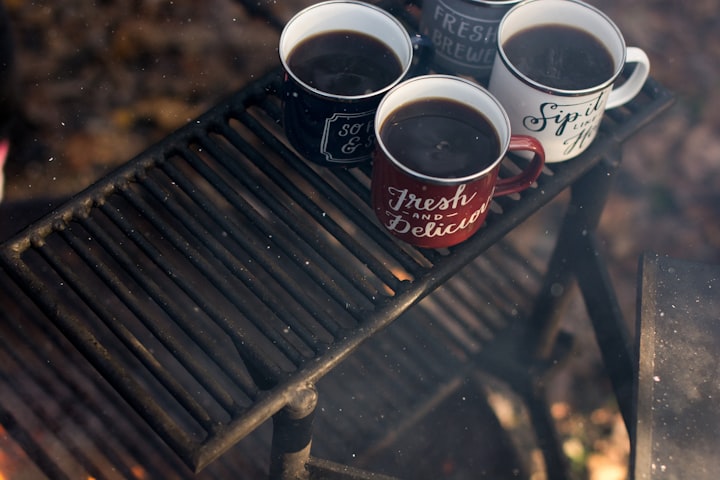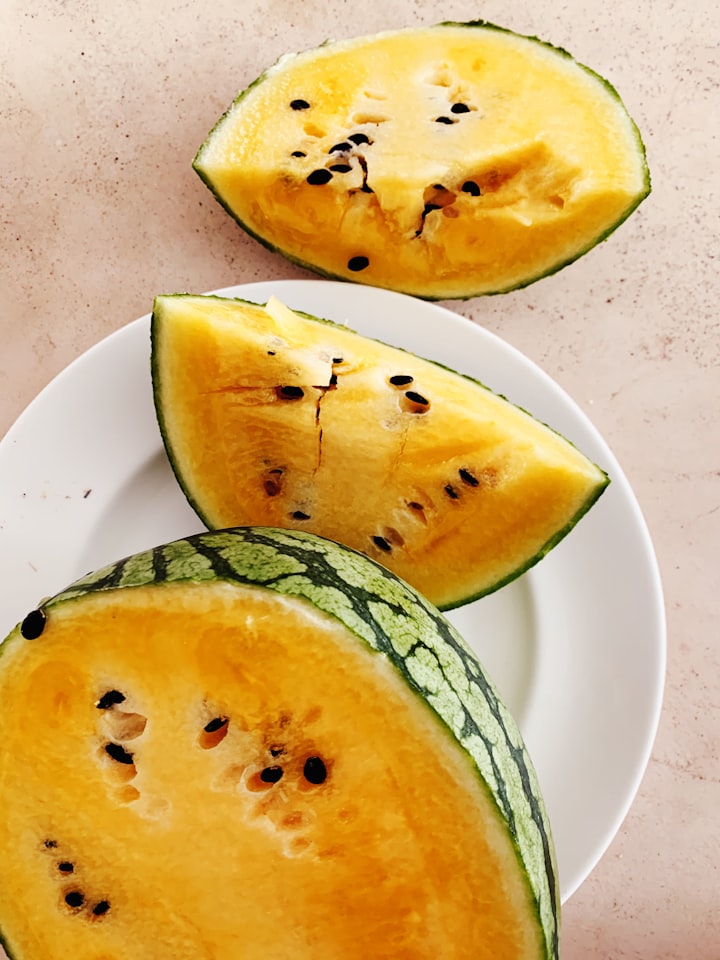Brewed Awakenings: The Art and Science of Coffee
Unlocking the Secrets of Coffee: A Guide to Understanding the Art and Science of Brewing

I. Introduction
Coffee is one of the most popular beverages in the world, enjoyed by millions of people every day. Its origins can be traced back to ancient Ethiopia, where it is believed to have been discovered by a goat herder named Kaldi. According to legend, Kaldi noticed that his goats became unusually energetic after eating the berries of a certain plant. He tried the berries himself and found that they had a similar effect on him.
From Ethiopia, coffee spread to the Arabian Peninsula and eventually to the rest of the world. It quickly became a popular drink, particularly in the Middle East and Europe, where it played an important role in the rise of coffeehouses. These establishments were not just places to get a cup of coffee, but also served as centers of social and political activity.
Coffee brewing is a process that involves extracting the flavor and caffeine from the coffee beans using water. The most common method is drip brewing, in which hot water is poured over the coffee grounds and allowed to drip through a filter into a carafe or pot. Other methods include French press, pour-over, and the use of a coffee maker. Each method produces a unique taste and strength of coffee.
In this article, we will explore the art and science of coffee, including the history, the brewing process, and different types of coffee beans and brewing methods. We will also delve into the world of specialty coffee and its impact on the coffee industry.
II. The Science of Coffee
Coffee beans are the seeds of the Coffea plant, which are typically found in the fruit or "cherry" of the plant. There are two main types of coffee beans: Arabica and Robusta. Arabica beans are considered to be of higher quality and are known for their sweeter and more nuanced flavor. They are grown at higher elevations and are more susceptible to disease and pests. On the other hand, Robusta beans are hardier and have a stronger, more bitter flavor. They are typically grown at lower elevations and have higher levels of caffeine.
The taste and aroma of coffee are due to a complex mixture of chemical compounds. The most important of these compounds are caffeine, which is a stimulant, and chlorogenic acids, which are responsible for the coffee's taste and aroma. Other important compounds include trigonelline, which contributes to the coffee's earthy flavor, and kahweol and cafestol, which contribute to the coffee's bitterness.
The brewing process also plays a crucial role in determining the taste and strength of the coffee. Factors such as the water temperature, the grind of the coffee beans, and the brewing time all affect the final product. For example, using a finer grind will result in a stronger cup of coffee, while using a coarser grind will result in a milder cup. Additionally, using a higher water temperature will extract more of the coffee's flavor and caffeine, while using a lower temperature will result in a milder cup.
In this section, we will delve deeper into the science of coffee, including the different types of coffee beans and the chemical compounds that give coffee its unique taste and aroma. We will also explore how the brewing process affects the final product.
III. The Art of Coffee
Brewing coffee is both a science and an art. Different brewing methods can produce vastly different results, even when using the same beans. Drip brewing, for example, is a method in which hot water is poured over the coffee grounds, which then drip through a filter into a carafe or pot. This method is considered to be the most common and produces a balanced, consistent cup of coffee. French press, on the other hand, is a method in which the coffee grounds are steeped in hot water and then pressed to separate the liquid from the grounds. This method produces a stronger, more full-bodied cup of coffee.
Pour-over is a manual method in which hot water is poured over the coffee grounds in a filter. This method allows for more control over the brewing process and can produce a very clean and bright cup of coffee. Other brewing methods include the use of a coffee maker, cold brewing, and espresso. Each method produces a unique taste and strength of coffee and allows for the art of brewing to be explored and experimented with.
Coffee roasting is another important aspect of the art of coffee. The roasting process involves applying heat to the coffee beans in order to bring out the flavor and aroma. Different roasting levels, such as light, medium, and dark, can produce vastly different taste profiles. Lightly roasted beans will have a milder, more acidic flavor, while darkly roasted beans will have a stronger, more robust flavor. The art of roasting is to find the perfect balance of flavor and aroma.
The coffee industry has evolved over time and continues to do so. From the discovery of coffee in ancient Ethiopia to the rise of specialty coffee today, the industry has gone through many changes. The introduction of new technologies and the growth of the specialty coffee market have led to a greater focus on quality and sustainability. The industry is now more diverse than ever before, with many different types of coffee and brewing methods available to consumers.
In this section, we will explore the art of coffee brewing, including different brewing methods and how they affect the taste and strength of the coffee. We will also delve into the world of coffee roasting and how it affects the taste of the coffee. Finally, we will take a brief look at the history of the coffee industry and how it has evolved over time.
IV. Specialty Coffee
Specialty coffee is a term used to describe high-quality coffee that is grown, harvested, and processed to meet specific standards and criteria. The specialty coffee industry has seen a significant rise in popularity in recent years, as more and more people have become interested in the unique flavors and characteristics of high-quality coffee.
Specialty coffee is often distinguished by its unique flavor profile, which is determined by a combination of factors such as the type of bean, the growing conditions, and the processing method. Specialty coffee beans are often grown at high elevations, in specific climates and regions, and are carefully tended to ensure the best possible quality.
To meet the standards of specialty coffee, beans must pass a rigorous evaluation process. Specialty coffee beans must score at least 80 points out of 100 on a scale established by the Specialty Coffee Association of America (SCAA). Beans that score above 80 points are considered to be of specialty grade and are eligible for certification as specialty coffee.
Specialty coffee also must adhere to specific certifications and standards, such as organic, Fair Trade, and Rainforest Alliance. These certifications ensure that the coffee is grown and processed in a way that is environmentally and socially responsible.
There are many different types of specialty coffee, each with its own unique flavor profile. Some of the most popular include:
Single origin coffee: This type of coffee comes from a single location or farm and has a distinct flavor profile that is unique to that region.
Microlot: This type of coffee is grown on a small scale and is often considered to be of exceptional quality.
Direct trade: This type of coffee is purchased directly from the farmer, which allows for better communication and a more direct relationship between the farmer and the roaster.
In this section, we will explore the rise of specialty coffee and its impact on the coffee industry. We will also delve into the various certifications and standards that specialty coffee must meet and the different types of specialty coffee and their unique flavor profiles
V. Conclusion
In this article, we have explored the art and science of coffee, including its history and cultural significance, the brewing process, and the different types of coffee beans and brewing methods. We have also delved into the world of specialty coffee and its impact on the industry, as well as the various certifications and standards that specialty coffee must meet.
One of the key takeaways from this article is the importance of understanding the science and art of coffee in order to fully appreciate and enjoy it. From the type of beans used to the brewing method and roasting level, every aspect of the coffee-making process can greatly affect the final product.
For those who want to learn more about coffee, there are many resources available. The Specialty Coffee Association of America (SCAA) is a great place to start, as they provide a wealth of information on coffee, including the standards and certifications for specialty coffee. Additionally, many coffee shops and roasters offer classes and workshops on brewing and tasting coffee, which can be an excellent way to gain a deeper understanding of the art and science of coffee.
In conclusion, coffee is a beloved beverage that has a rich history and cultural significance. To fully appreciate and enjoy it, it is important to understand the science and art of coffee. With the right knowledge and resources, anyone can become a coffee connoisseur





Comments
There are no comments for this story
Be the first to respond and start the conversation.